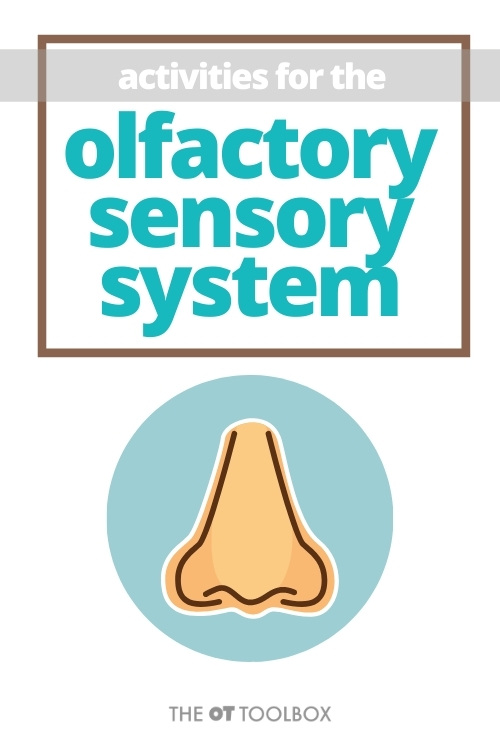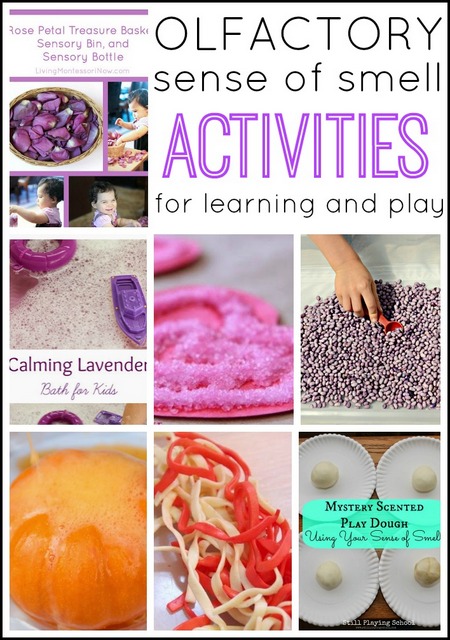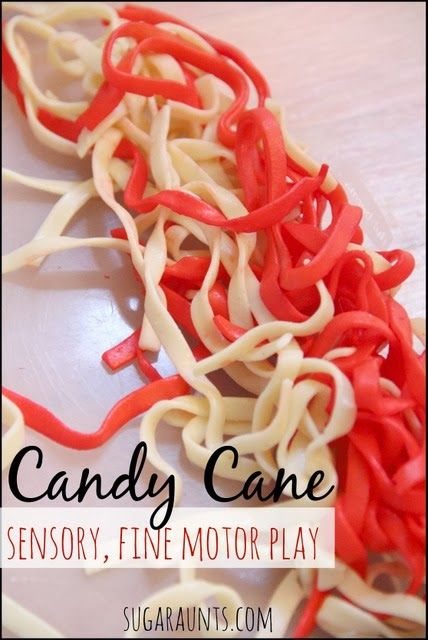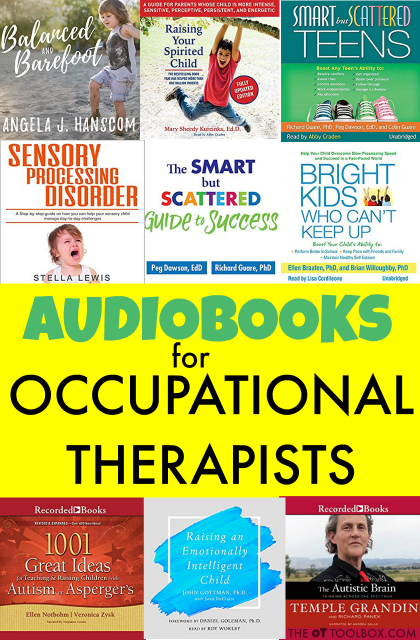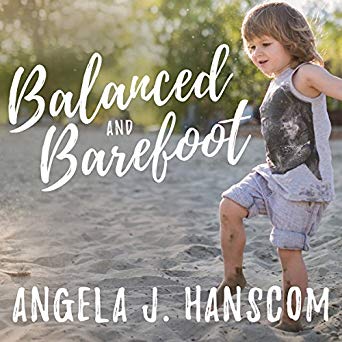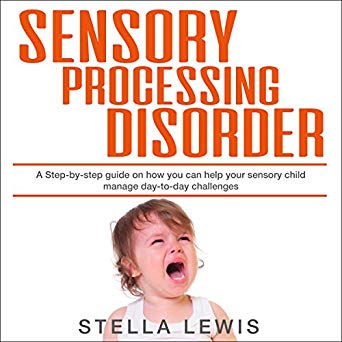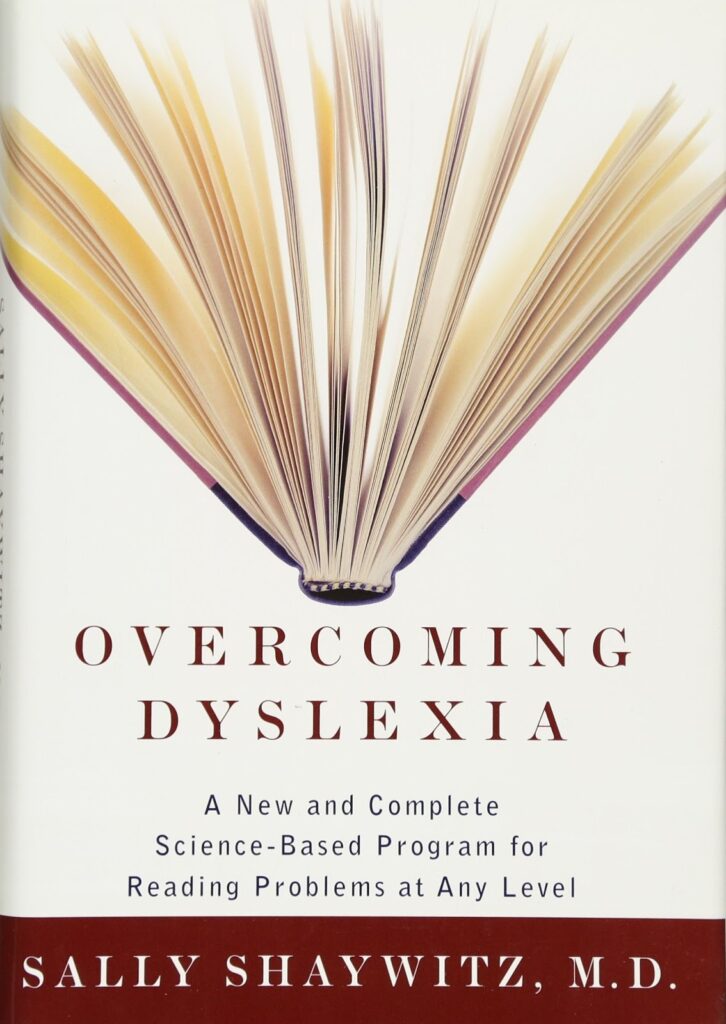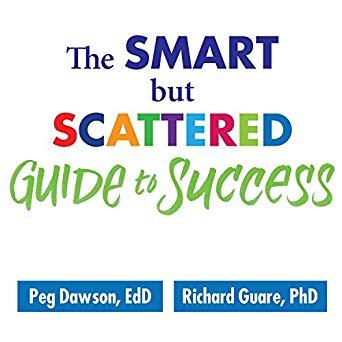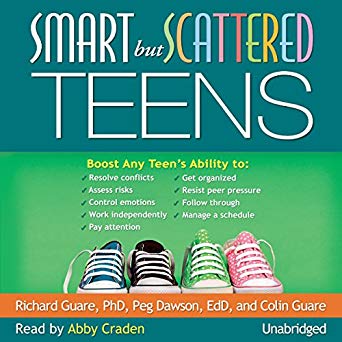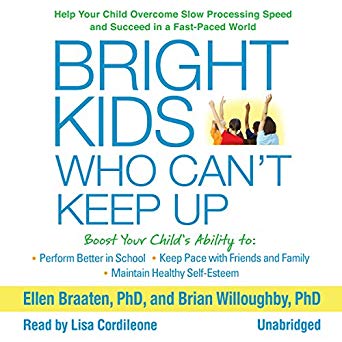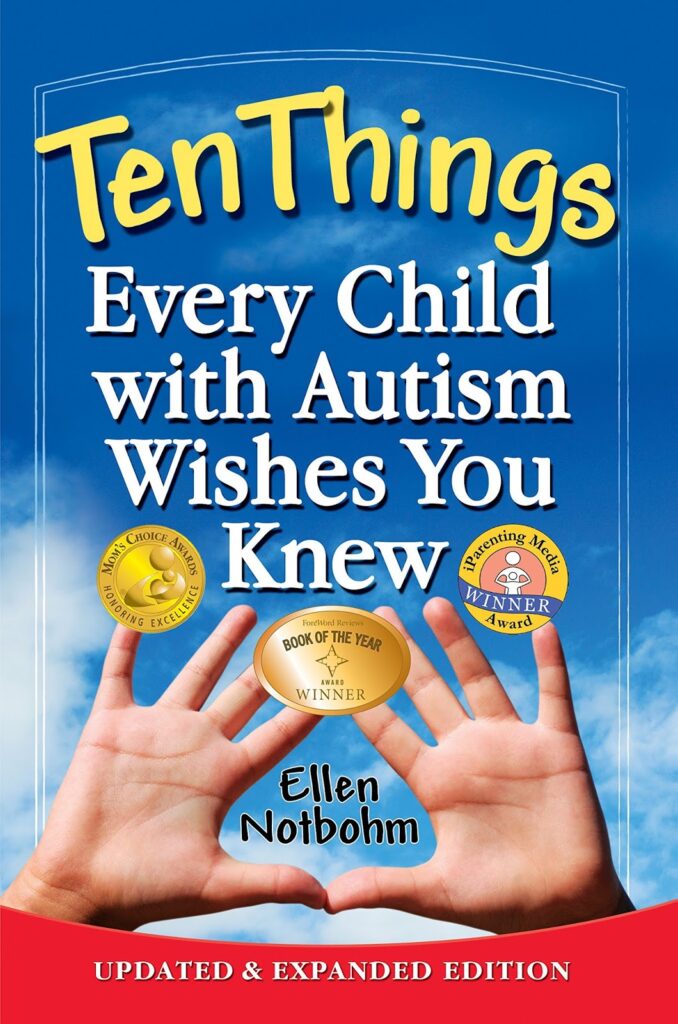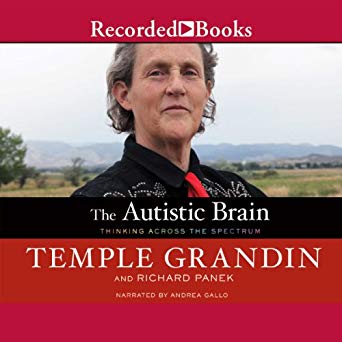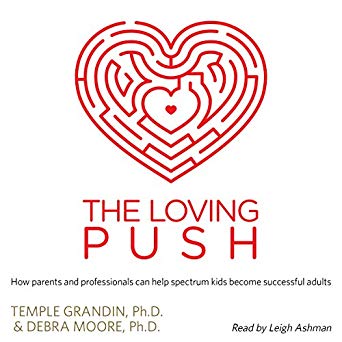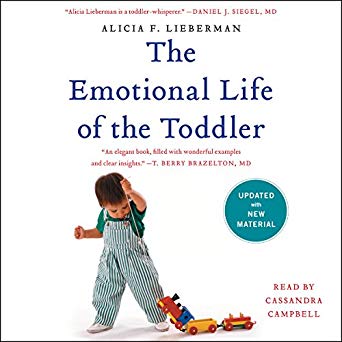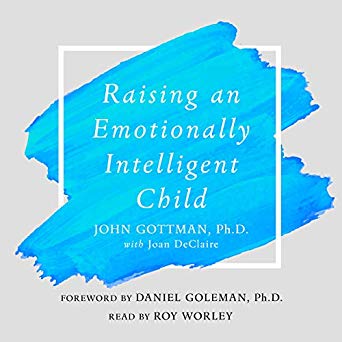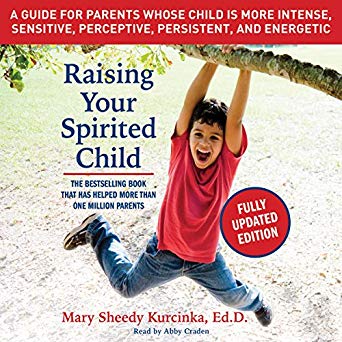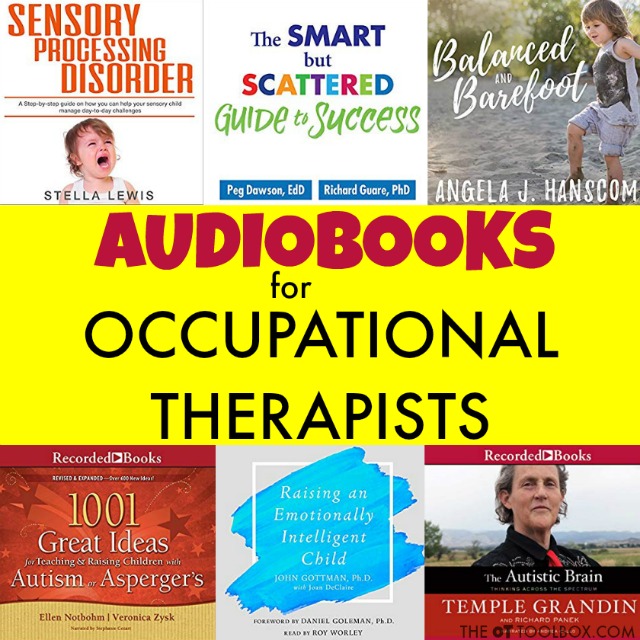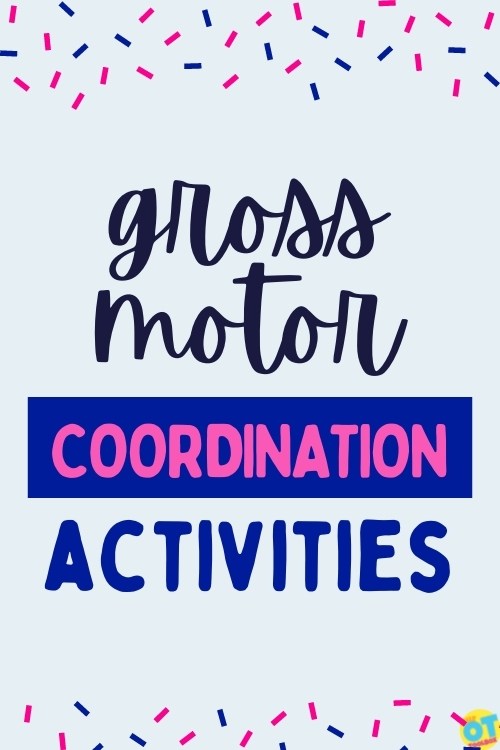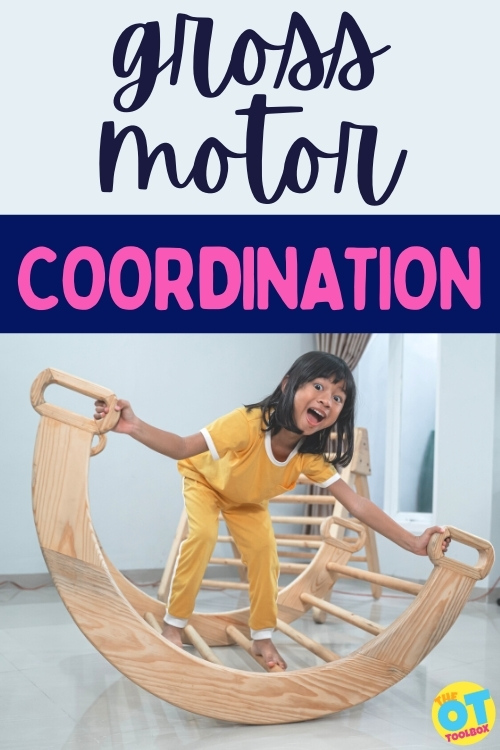Today, I’ve got a list of free audiobooks for occupational therapists. These occupational therapy audiobook ideas can be used to develop, learn, and grow as a therapist. These occupational therapy books are audiobooks, making them great tools for learning new skills while on the go.
Therapists are short on time, so occupational therapist audio courses and audiobooks are the way to go when it comes to learning. One of the best things about growing as a professional is the ability to continue to learn. As therapists, we strive to develop in our profession to meet the needs of our ever-changing client list. Reading or listening to books for occupational therapists is just one way to learn and grow professionally.
Here, we’re covering parenting books on Audible, or audio books that OTs can recommend to parents to better understand parenting and child development.
Audible Books for Occupational Therapists
Amazon affiliate links are included below.
Amazon has some great mindfulness audiobook resources for parents and professionals available on Audible and other formats. Audiobooks are a great alternative to paper books, as they can be listened to almost anywhere.
There are tons of resources on mindfulness in audiobooks. I tried to find ones that had good reviews, were accurate and easy to read/listen to, and provided useful strategies.
If you are an Amazon Prime member, You’re eligible to claim 2 free titles from our entire selection (one title per month thereafter) with a free Audible 30 day trial. A standard trial includes 1 credit for an audiobook download. After the Audible trial period, all members receive 1 credit per month.
Click here start your free Audible Trial Period.
Recently, I came across a few books on Amazon that are perfect for therapists looking for books to grow and learn in different aspects of occupational therapy.
These are audiobooks that can help OTs grow as a practitioner by staying on tap of hot topics. As therapists, we strive to advocate for our clients, educate parents, teachers, or others on the child’s tribe or team. These are audiobooks for occupational therapists that can help us grow as therapists!
Best of all, they are available as audiobooks for those of us looking for books to listen to while commuting, cooking, or working out!
Free Audio Books for Occupational Therapists
This post contains affiliate links.
Audible is a subset of Amazon and offers free books to members. While the membership does have a fee, there is a free 30 day trial, where books can be listened to anytime and anywhere.
There’s more: When you sign up for the free trial of Audible, you’ll get two free books. In addition to the 2 Free audiobooks, you’ll also get 2 Free Audible Originals to get you started.
After your free trial ends, if you do choose to continue with the membership, you’ll get 1 audiobook and 2 Originals per month after trial. You can cancel anytime and keep all your audiobooks. You’ll also get 30% off the price of additional audiobook purchases.
So, after reading this, I had to check to see what books are available on Amazon’s Audible that would be interesting as an OT. How cool to grab a free audio book on a topic I wanted to learn more about!
Parenting Books on Audible
Balanced and Barefoot: How Unrestricted Outdoor Play Makes for Strong, Confident, and Capable Children– Written by occupational therapist, Angela J. Hanscom, describes children of today who have more sedentary lifestyles and desperately need outdoor play in order to develop their sensory, motor, and executive functions.
The book describes nature as the ultimate sensory experience, and helps you discover little things you can do anytime, anywhere to help your kids achieve the movement they need to be happy and healthy in mind, body, and spirit.
Sensory Processing Disorder: Not Just a Strong-Willed Child, Book 1– This audiobook is a resource for parents that therapists can recommend for those looking for more information on Sensory Processing Disorder or those striving to empower their child.
By listening to this audiobook, you’ll learn more about what is sensory processing disorder, common behaviors of different types of SPD, differences between SPD and some other look-alike conditions like ADHD, OCD, ODD and anxiety disorder, tips on how to manage SPD at home, school, and community.
Overcoming Dyslexia– This book on dyslexia helps us to understand, identify, and overcome the reading problems that so many kids struggle with in schools. In this audio book, you’ll learn exactly what dyslexia is and how to identify dyslexia in preschoolers, schoolchildren, young adults, and adults.
You’ll discover how to work productively with the teacher of a child with dyslexia or reading challenges. Included are exercises to help children use the parts of the brain that control reading, including a twenty-minute nightly home program to enhance reading. There are also ways to improve a child’s self-esteem and more.
Also be sure to check out our blog post on dyslexia and occupational therapy.
The Smart but Scattered Guide to Success: How to Use Your Brain’s Executive Skills to Keep Up, Stay Calm, and Get Organized at Work and at Home– This audiobook helps the listener identify their executive skills profile and shares effective steps to boost organizational skills, time management, emotional control, and nine other essential skills.
This is a resource for parents and therapists who may be struggling with executive functioning skills or those working with teens or older clients.
Smart but Scattered Teens: The “Executive Skills” Program for Helping Teens Reach Their Potential– This audiobook describes research-based strategies for promoting teens’ independence by building their executive functioning skills in order to get organized, stay focused, and control impulses and emotions.
Bright Kids Who Can’t Keep Up: Help Your Child Overcome Slow Processing Speed and Succeed in a Fast-Paced World– This audiobook is geared toward those kids who struggle with processing speed in tasks like classwork, homework, caring for themselves, motor tasks, or following directions.
Ten Things Every Child with Autism Wishes You Knew– This audiobook describes 10 characteristics that help illuminate, not define, children with autism. The book describes and helps listeners understand the needs and the potential of every child with autism. It’s been said that “Every parent, teacher, social worker, therapist, and physician should have this succinct and informative audiobook in their back pocket”.
1001 Great Ideas for Teaching and Raising Children with Autism or Asperger’s– This book shares tons of tips, strategies, tools, and resources that can be helpful to parents, teachers, and therapists working with kids with autism or Asperger’s syndrome. There are modifications for older kids to help children achieve success at home, in school, and in the community.
The Autistic Brain: Thinking Across the Spectrum– This book by Dr. Temple Grandin teaches listeners the science of the autistic brain, and with it the history and sociology of autism.
The Loving Push: How Parents and Professionals Can Help Spectrum Kids Become Successful Adults– This book is described as an essential roadmap for parents, teachers, therapists, and anyone working with the child with autism. Another resource by Dr. Temple Grandin, psychologist and autism specialist Dr. Debra Moore share insight in helping kids build on their strengths to improve motivation in real life strategies.
What’s Going on in There?: How the Brain and Mind Develop in the First Five Years of Life– This book by a research neuroscientist describes how the baby’s brain is formed, and when each sense, skill, and cognitive ability is developed from conception through the first five years.
The book shares development of motor skills, social and emotional behaviors, and mental functions such as attention, language, memory, reasoning, and intelligence.
The Emotional Life of the Toddler– This audiobook covers the emotional development of kids through the toddler years, with the latest research on this crucial stage of development. This is a great resource for the pediatric OT.
Raising an Emotionally Intelligent Child: The Heart of Parenting– Dr. John Gottman shares strategies to teach their children self-awareness and self-control and to foster good emotional development. This audiobook is a resource for parents and those working with families with young children.
Raising Your Spirited Child, Third Edition: A Guide for Parents Whose Child Is More Intense, Sensitive, Perceptive, Persistent, and Energetic– This audiobook is the very same as the book that has been voted one of the top 20 parenting books out there. It’s a tool therapists can use to provide parents with the tips and tools they need based on research and practical strategies for raising spirited children. It’s a book for anyone who knows meltdowns, behavior, and spirited kids!
What are your favorite audiobooks for occupational therapy? You know, those audiobooks you LOVE that advance your practice knowledge, improve your advocacy for OT clients, and help to educate parents or teachers of occupational therapy clients?
